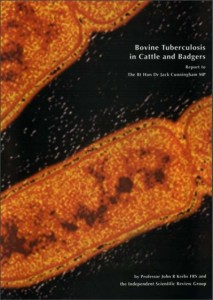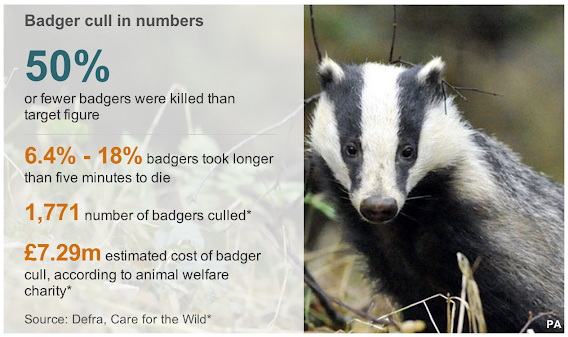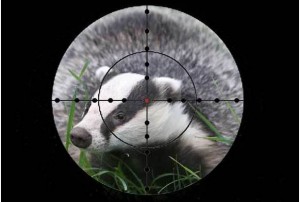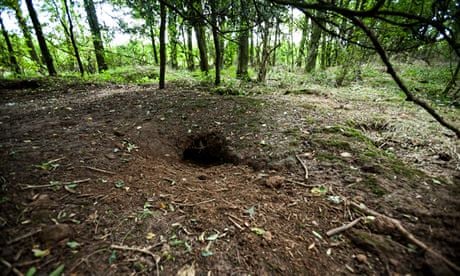What is it?
- Trial badger cull conducted by Independent Scientific Group on Cattle TB (ISG)
- Assessed effectiveness of different types of culling for bTB control using the following experimental conditions:
Major Findings?
- Perturbation effect with proactive culling
- Areas outside cull resulted in more bTB infections due to increased movements of badgers to escape cull, resulting in spread of disease
- Decreased bTB inside culled area
- Reactive culling not effective, increasing bTB by 29% (McDonald, 2014)

Recommendations?
- Culling = short term benefits in culled area, but ineffective in long term
- Need to cull over large areas of land with natural boundaries to prevent perturbation effect
- More efforts should be put into research instead
Impact on Government in 2008?
- Creation of new advisory group
- Decision not to proceed with further culls as effectiveness called into question







